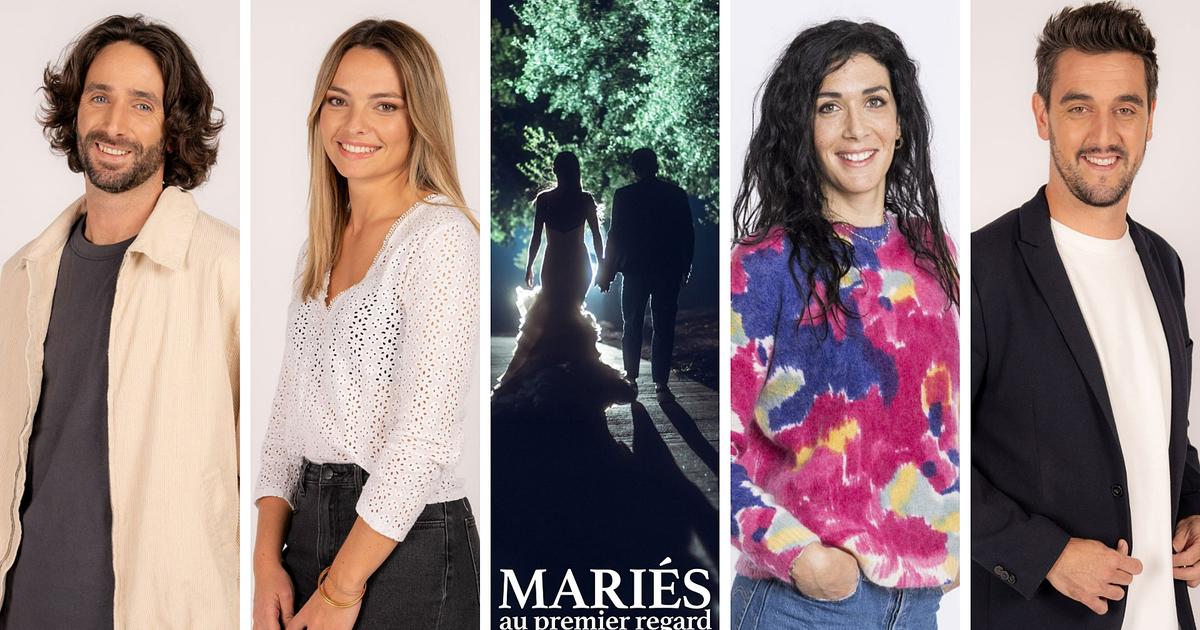An injection into the eye to inoculate a virus that carried genes for photosensitive algae proteins and special amber-light glasses have restored sight to a blind person for 40 years.
Sight recovery is limited and the results are very preliminary, but it is the first time that a therapy as complex and almost science fiction as optogenetics has been used successfully in human eyes.
The patient is a 58-year-old Frenchman with retinitis pigmentosa since he was no longer a child. This hereditary disease causes a progressive degeneration of the light-sensitive cells of the eye, the photoreceptors (mainly rods and cones). The problems usually start with the so-called night blindness, then the visual field is reduced until it is seen as through a small tube. Finally, those affected only perceive light and nothing else. Although many remain in some of the intermediate stages, this French citizen suffered the final phase of retinitis pigmentosa.
At the end of 2019, seven people with retinitis pigmentosa were selected for the PIONEER trial.
They wanted to test the safety and tolerability of an optogenetics-based treatment.
This technique, which is barely 15 years old and has not yet left the laboratories, aims to develop or identify photosensitive proteins, that is, they can be activated or deactivated with light.
So far its greatest advances have been in the field of neurosciences, leading to suspicions about a hypothetical mind control in the future.
At PIONEER, they wanted to use photosensitive proteins made from algae.
They are the rhodopsins that, in humans, are responsible for absorbing light and converting it into electrical signals.
The patient received genes for photosensitive proteins from algae injected into the retina
Due to the pandemic, these algae rhodopsins were only tested in the patient who was the protagonist of this story. José-Alain Sahel, director of the institute of vision at the Sorbonne University (France) and co-author of the research, says that once the covid passes “the trial will continue with other patients. Around fifteen will be included in this first study ”. They will be recruiting from France, the United Kingdom and the United States.
As Sahel and his colleagues detail in the scientific journal
Nature Medicine
, in the absence of functioning rods, they had to make another element present in the retina do its function of capturing light. They fixed on ganglion cells. They are neurons with elongated endings that reach the brain and were responsible for receiving information from rods and cones in the form of electrical signals and sending them to the visual cortex. To make them photosensitive, genes had to be strained from those algae that, once inside these cells, encoded rhodopsins. To achieve this, they used an adenovirus as a vector, injected into the retina. This part of the system is already becoming familiar: it is the entry method for some coronavirus vaccines, such as AstraZeneca or Sputnik V.
After giving the foreign genes about four months to stabilize rhodopsin production, the researchers began training the French patient.
During seven months he had to carry out almost a hundred tests in which he had to detect a series of objects (a notebook, some glasses and a box of staples, all dark in color) placed on a white table.
Part of the tests were carried out with special glasses.
The trial was to be carried out with 15 people, but the covid pandemic prevented inoculating all but one
The tests showed that the patient could locate, touch and count the objects on the table, but only when wearing the glasses. That is, the injection into the eye alone does not work. The reason is explained by Botond Roska, a researcher at the Institute of Clinical and Molecular Ophthalmology in Basel (Switzerland) and co-author of the study: "The optogenetic sensor is not capable of adapting to different lighting conditions and needs more light than is present in a room" . Furthermore, the rhodopsins in these algae are especially sensitive to the amber color range. "So the camera in the glasses does the fitting and the projector in the glasses provides amber light at levels high enough for the optogenetic sensors to work," Roska details.
With these glasses, the patient touched the notebook in 36 of the 39 tests, that is, 92% of the time. As for the crystal glasses, he counted them correctly 63% of the time. Where he had the most trouble was with the box of staples, playing it correctly only in a third of the attempts. Outside of the experiments, the subject reported detecting other everyday objects, such as dishes, the telephone, furniture or doors. In the street, he could make out the stripes of the zebra crossings. In a final experiment, they measured the activity of the patient's visual cortex while locating objects on the table. Thus they confirmed that their optogenetic system activity the visual cortex.
For Jaume Català, ophthalmologist at the Catalan hospitals Sant Joan de Déu and Bellvitge, the results of this research "are good news and are shocking." Although there are other similar trials underway, this is the first to show the feasibility of optogenetics in humans. And had it not been for the outbreak of the pandemic, the sample would have been much larger. "The advantage of this approach is that it is independent of the mutation and can be applied in patients with an absence of functional photoreceptors", adds Català, an expert in rare diseases of the retina.
Retinitis pigmentosa has no treatment. As Eduardo Fernández, from the Bioengineering Institute of the Miguel Hernández University says, "the only thing we can do is a genetic diagnosis to find out who is going to have it." That is why the results of this work seem very relevant to him. But, also "they are very preliminary, the subject basically sees lumps", he adds. For Fernández, head of the Bidons Egara chair for research in retinitis pigmentosa at the University of Alicante, as important as highlighting the importance of this research is not to create false expectations: “a blind person would wait longer, believe that he or she will see like you or like I and for that there is still a lot ”.
You can follow
MATERIA
on
,
and
, or sign up here to receive
our weekly newsletter
.









